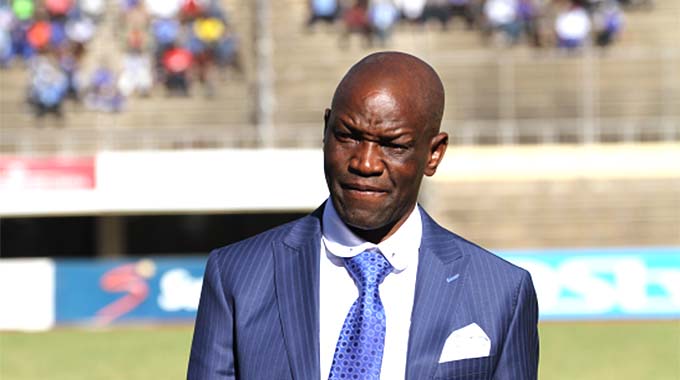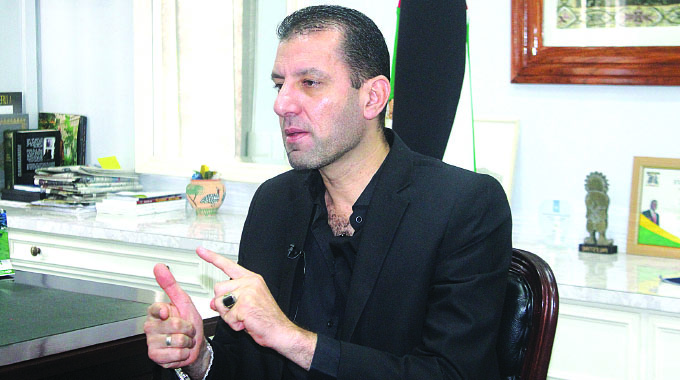Kim Jong-un’s visit to Seoul: What it means for two Koreas and beyond

At a joint conference with President Moon Jae-in in Pyongyang on Thursday, Kim said he made a promise to the president that he would visit Seoul “in the near future.” Moon said he expects Kim to come to South Korea’s capital before the end of the year.
The announcement caught most by surprise, although an element of surprise has now become a familiar feature of the inter-Korean summits. Some even floated the idea of Kim visiting the South’s highest peak, Hallasan, on Jeju Island, equivalent to the North’s Paektusan, which Moon and Kim visited together Thursday.
“It is a great idea. We will consider it,” said Yoon Young-chan, the senior secretary for public relations, responding to a reporter’s proposal of the two Korean leaders’ joint trip to Hallasan.
“If Chairman Kim visits Seoul, we will push for his visit to Hallasan on the peace island of Jeju,” Yoon said.
If Kim’s trip to Seoul proceeds as planned, the North Korean leader will fulfill his late father Kim Jong-il’s wish.
According to a memoir by South Korea’s former intelligence agency chief Lim Dong-won, who met with Kim Jong-il in 2000, the late North Korean leader expressed his wish to visit Jeju Island. He even joked about holding summits at Hallasan and Paektusan, back and forth.
But the reclusive leader, who was extremely cautious about his public activities, eventually scrapped the idea of visiting Seoul. According to Lim’s account, Kim Jong-il said it was too “premature” for him to cross into the territory of South Korea, with whom North Korea remains technically at war.
“It would be an awfully big risk to take for the North Korean leader,” said Kim Dong-yup, professor at Kyungnam University’s Far East Institute. “There is no guarantee that we can seal off all the roads to prevent possible attacks against him.”
Kim Jong-un, however, appears to be more willing to take the chance, unlike his predecessors, Kim of Kyungnam University noted, as the Western-educated young leader attempts to shed his image of isolation.
When Kim traveled to Singapore for his first-ever summit with US President Donald Trump in June, the North Korean leader toured sights in the downtown area of the city-state, taking selfies with local leaders and drawing crowds of bemused onlookers.
The summit was followed by Kim’s public activities that focused on improving the economy and people’s livelihoods. Instead of boasting of the country’s military might, he preached the importance of industrial development during an inspection tour of a cosmetics factory.
“Kim’s visit to Seoul has more to do with his own people than the outside world. He wants to show his people that he made the right decision and his country is on the right trajectory. … That is why he takes such a big risk,” said professor Kim.
But skepticism persists over Kim’s visit to Seoul amid worries the Moon Jae-in administration can be manipulated by North Korea’s “peace offensive” and tricked into accepting a nuclear-armed North Korea.
North Korea has long been suspected of trying to achieve the status of a “normal country” with nuclear weapons in its hands. In December last year, the country’s top envoy to the UN declared North Korea as a “peace-loving nuclear power.”
“Kim’s visit to Seoul will be the most successful propaganda campaign making North Korea look like a normal state with nuclear weapons,” said Kim Jae-chun, a professor at Sogang University Graduate School of International Studies.
“North Korea has succeeded in creating the narrative of peace versus war. I don’t think there are many Koreans to oppose that.”
By Yeo Jun-suk ([email protected])







Comments